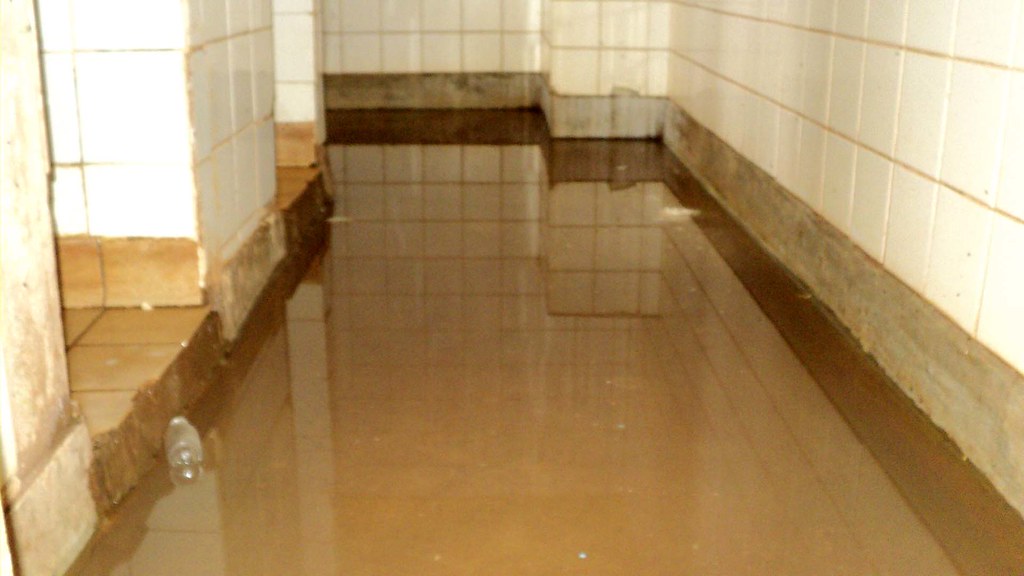The article author is making a few good pointers on How to Repair and Prevent Bathroom Water Damage? as a whole in the article further down.

Water damage usually takes place in the bathroom because of the water used day-to-day. Occasionally, the damages could be a little mold and mildew from the shower. Other times, it's huge damage on your flooring. Whatever it is, it is constantly excellent to recognize the reason as well as avoid it before it takes place.
This overview will undergo a few of the usual sources of water damage in the shower room. We will additionally examine what you can do to avoid these reasons from harming your washroom. Let's dive in.
These are the typical reasons you would certainly have water damage in your shower rooms as well as how you can find them:
Excess Wetness
It's amazing to have that long shower and splash water while you dance around as well as act like you're carrying out, but often these acts can create water damage to your washroom.
Spraying water around can trigger water to visit edges as well as form mold and mildews. View just how you spread excess dampness around, as well as when you do it, clean it up to prevent damages.
Fractures in your wall tiles
Washroom wall floor tiles have been specially designed for that objective. They protect the wall surface from wetness from people taking showers. Nonetheless, they are not undestroyable.
Often, your washroom wall tiles fracture and also enable some dampness to seep into the wall surface. This might possibly damage the wall if you don't take any kind of action. If you discover a split on your wall ceramic tiles, repair it right away. Do not wait up until it damages your wall surface.
Overflowing bathrooms and also sinks
As humans, often we make blunders that could trigger some water damage in the bathroom. For example, leaving your sink tap on can cause overflowing as well as damages to various other parts of the bathroom with moisture.
Additionally, a faulty toilet might trigger overruning. As an example, a broken toilet deal with or other parts of the tank. When this takes place, it could damage the floor.
As soon as you discover an overruning sink or bathroom, call a plumber to help handle it immediately.
Burst or Leaking Pipes
There are many pipes carrying water to different parts of your restroom. Some pipes take water to the bathroom, the sink, the taps, the shower, and also several other places. They crisscross the small area of the restroom.
Once in a while, these pipes could get corroded and also ruptured. Various other times, human activity can create them to leak. When this happens, you'll find water in the corners of your bathroom or on the wall surface.
To detect this, keep an eye out for bubbling walls, molds, or mildew. Call an expert emergency situation plumbing professional to fix this when it happens.
Roofing Leakages
Often, the trouble of water damage to the washroom might not come from the bathroom. For instance, a roofing system leakage can trigger damage to the washroom ceiling. You can identify the damages done by taking a look at the water spots on the ceiling.
If you locate water spots on your ceiling, examine the roof covering to see if it's damaged. Then, call a professional to aid resolve the issue.
Final thought
Water damage to your restroom can be annoying. However, you can handle it if you protect against some of the reasons mentioned in this overview. Call a specialist emergency situation plumbing if you see any type of serious damages.
How to Prevent Water Damage in Your Bathroom?
Water damage repair is an expensive, meticulous, and lengthy process. Unfortunately, bathrooms are the most susceptible rooms to water damage due to toilets, showers, and sinks. Pipes and fixtures wear out over time and are not immune to damage. But all is not lost, as there are ways to prevent water damage from occurring in your bathroom.
Check Your Plumbing
Nothing lasts forever, especially pipes, which can rust and begin leaking over time. You should periodically conduct pipe inspections and pay attention for any musty smells or water stains that may indicate you need water damage repair. Here are some things to check:
Frequently test valves for your toilet, shower, and sink to ensure they are properly working. Check faucet supply lines hidden under vanities and replace when needed. Replace cracked or deteriorating caulking along sinks, tubs, and showers. If you notice a clog in your sink, call in a professional. Since you can’t check the pipes in the wall, keep an eye out for stains, drywall bubbling, musty smells, and excess moisture; if the bathroom is on a second level, check the ceiling of the room directly below for these signs. Don’t Overwork Your Toilet
One of the most common reasons bathrooms need water damage repair is due to overflowing toilets. Save yourself the hassle of cleanup by being mindful and not pushing your toilet to extreme limits. If you have young children, it is especially important to keep an eye on them when they are in the bathroom and to teach them how to avoid clogging the toilet. Here are some more tips to help prevent your toilet from overflowing:
If you have a septic tank, only use septic-safe toilet paper Do not flush anything down the toilet besides toilet paper; items like diapers and sanitary napkins will clog the piping Pay attention to your toilet’s water level: If it’s low, it could mean it is partially clogged or that there is a crack in the toilet bowl https://www.alure.com/home-improvements-blog/resources/how-to-prevent-water-damage-in-your-bathroom

As an avid person who reads about How to Repair and Prevent Bathroom Water Damage?, I was thinking sharing that piece was really useful. Sharing is good. One never knows, you will be doing someone a favor. Many thanks for going through it.
Instant help? Contact.